|
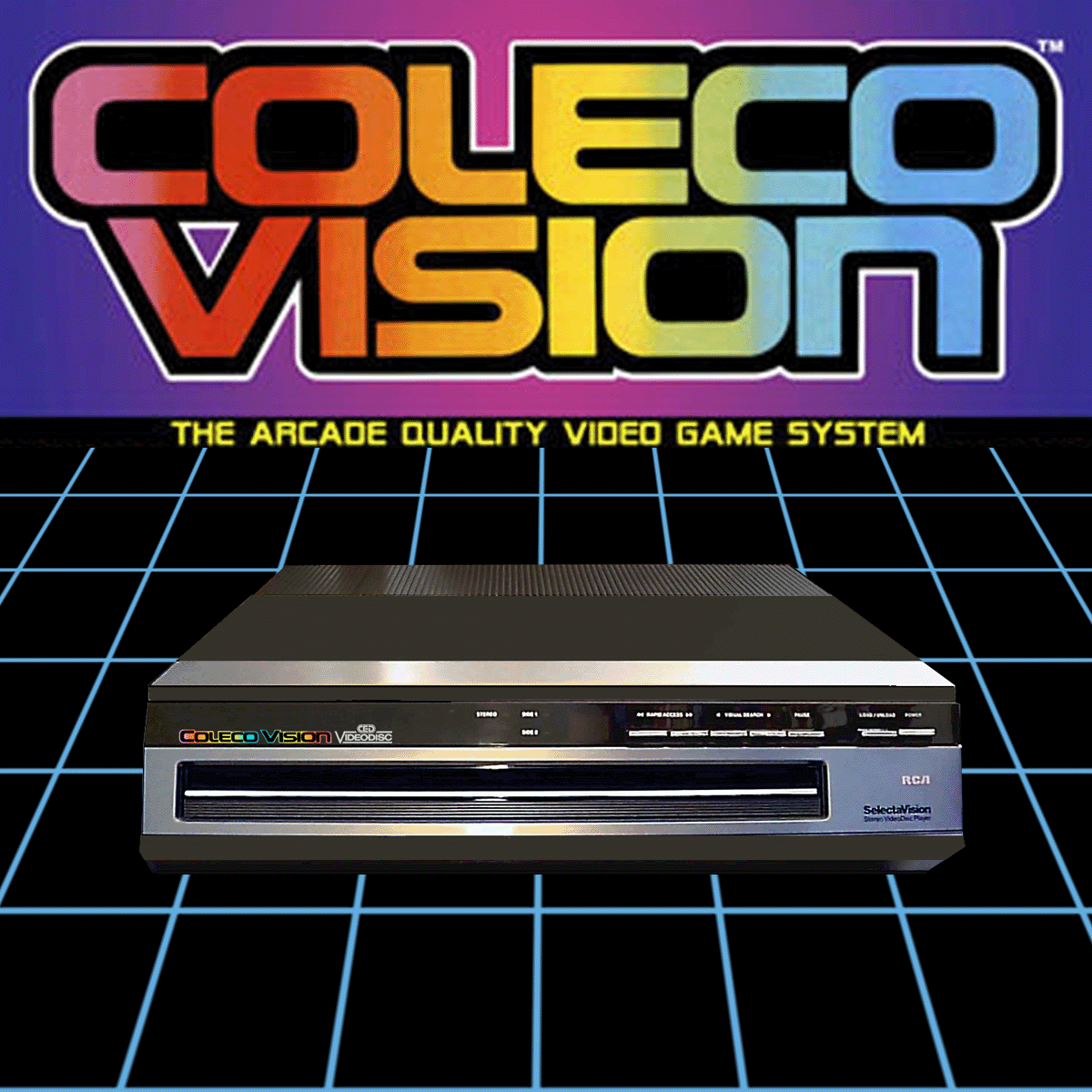
Article from Colecoboxart.com
A second Super Game module was also rumored. It used a format called CED, using video records - vinyl records with much finer grooves, stored in cases so as to avoid contact save by the needle of the system. In an interview with Ralph Baer, who worked on this system, he said it was really zippy and in some respects better than CDROM.
RCA CEDCED stands for Capacitance Electronic Disk system, and was pioneered by RCA. RCA used this technology in all of their CED video disk players, which competed with the Laserdisc format until 1985 when RCA discontinued all of its players. Coleco chose the CED format because RCA could create a computer controllable random access machine that was very affordable. The Coleco CED system would have come with two major components: the Coleco "controller" Module (#3) that plugs into the front of the system, and the RCA/COLECO CED player that connected to the Module and the T.V. set. Reportedly the price would be around $395-$495 for a complete set-up. Interestingly, the Coleco CED system would still play all of RCA's movie and music video disks, which was a big selling point for RCA. So you would have a Video Quality arcade system, and movie player - all in one.
From Video Games and Computer Entertainment, June 1991: 'Talk of the future reminds Baer of the aborted, ahead-of-its-time project he launched in 1982. The ideal interface, the ColecoVision video game console and an RCA CED player. "Things advanced to the point that RCA actually made a few CED peripherals. Then along came the ADAM computer and ended it all. What I'd like to see is not going to happen." He'd like to see CED revived, instead of the industry going to CD. He worries that CD will fail to deliver the full-motion video that people expect.'
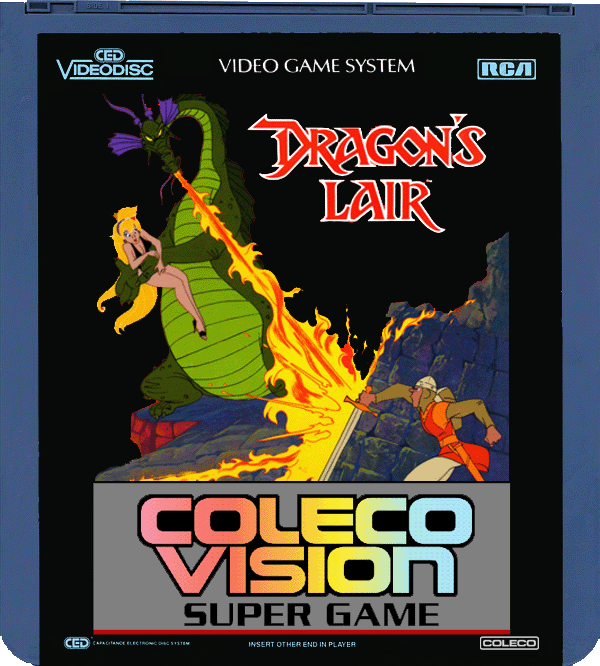
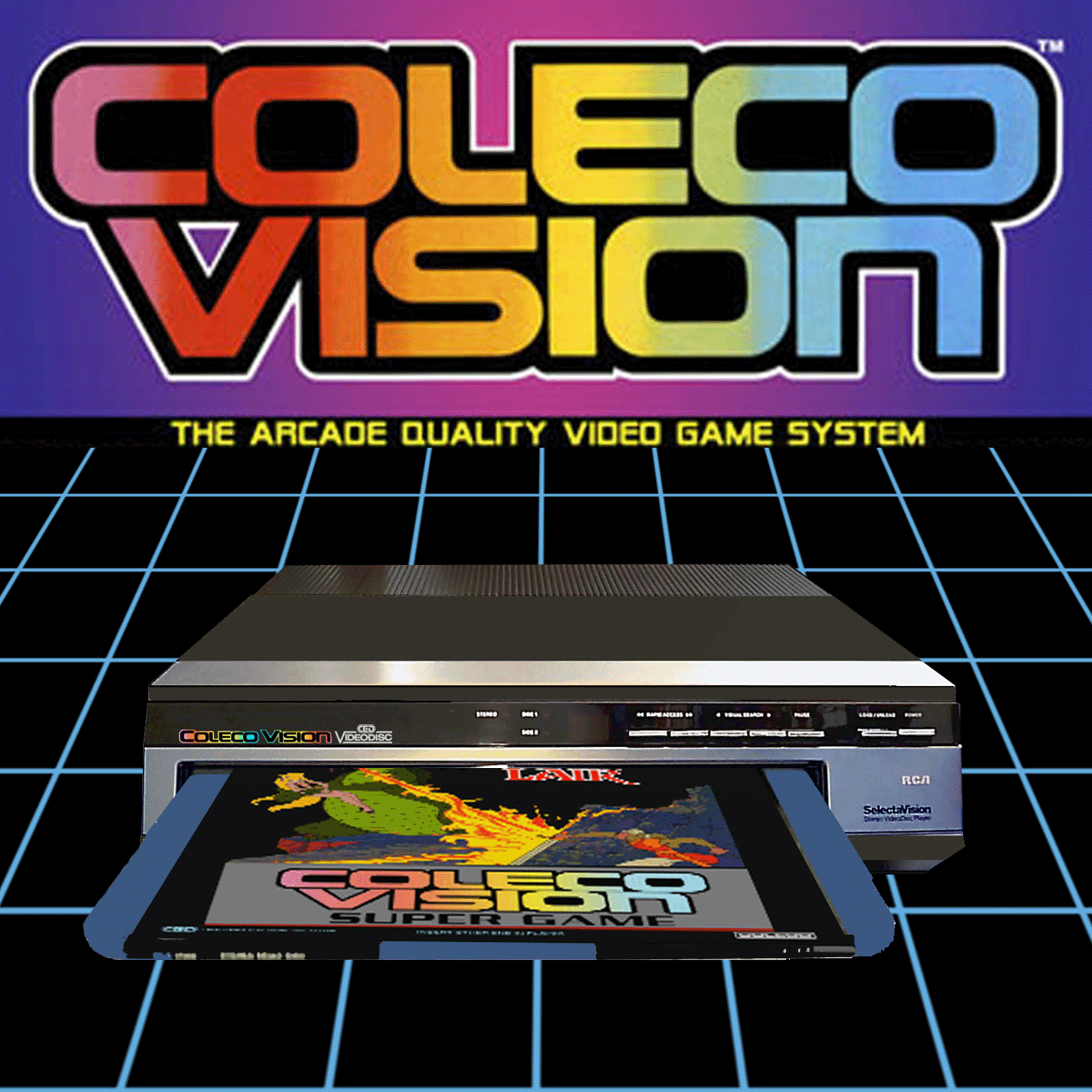
|
|
SGM Wafer Prototype Cases

Article from Colecoboxart.com
The following is a quote from the article, One million A.C.(after ColecoVision) Brown, Michael William; Electronic Fun: Computers and Games; June 1983
Note: The article contains several screen shots and a what appears to be a mock up of the Super Game and several game wafers. "...the Super Games are stored on mini-cassettes (which are about the length and width of a business card) called Super Game Wafers... the module has a magnetic micro-tape drive mechanism behind a slot in the front left panel. Inside the wafers is approximately 50 feet of specially formulated magnetic tape about an eighth of an inch wide."
Brown claims to have played the system for 8 hours over two different days. Load time for the wafers is clocked at about 10 seconds. Super Games Brown tested: Super Donkey Kong, Super Donkey Kong Jr., Super SmurfSuper Smurf Rescue in Gargamel's Castle. Brown further notes better colors and additional levels in all three games. Planned titles included: Zaxxon, Buck Rogers Planet of Zoom, Time Pilot, Turbo and Sub-Roc. Brown also notes the ability to enter your initials for high score, which is then stored on the tape.
In Video Games Magazine(Feb.'84) an article on the Texas Instruments Compact Computer 40 (a peripheral for the TI 99/4A) mentions the tape wafers meant for the Super Games: "...this system uses the Entrepo floppy wafer system that is in use elsewhere, and was almost part of Coleco's Super Game Module and ADAM." The Super Game Module appeared to not have a realistic chance of success at Coleco Industries. In an interview of Coleco president, Arnold Greenberg, by Steve Bloom (Video Games, Oct. '82) Bloom paraphrases Greenberg as saying, "...it is Colecos resolve to market a keyboard (Module #3) some time next year." In Electronic Games (Jan. '83): Test Lab (Cohen, Henry B.) writes that, "...Coleco is working on a keyboard and Ram Cram for ColecoVision which should turn the system into a full- scale, high powered home computer system." Clearly Coleco intended to develop a ADAM-like computer all along, but the question remains as to why they decided to develop the Super system in the first place. If the Super module had been released it likely would have insured Colecos success for at least a while longer. Although given the cynicism of magazine writers and consumers after the Super Module failed to appear it is uncertain if it would have been enough to save Coleco from its eventual fate.

CLICK FOR ENLARGEMENTS
 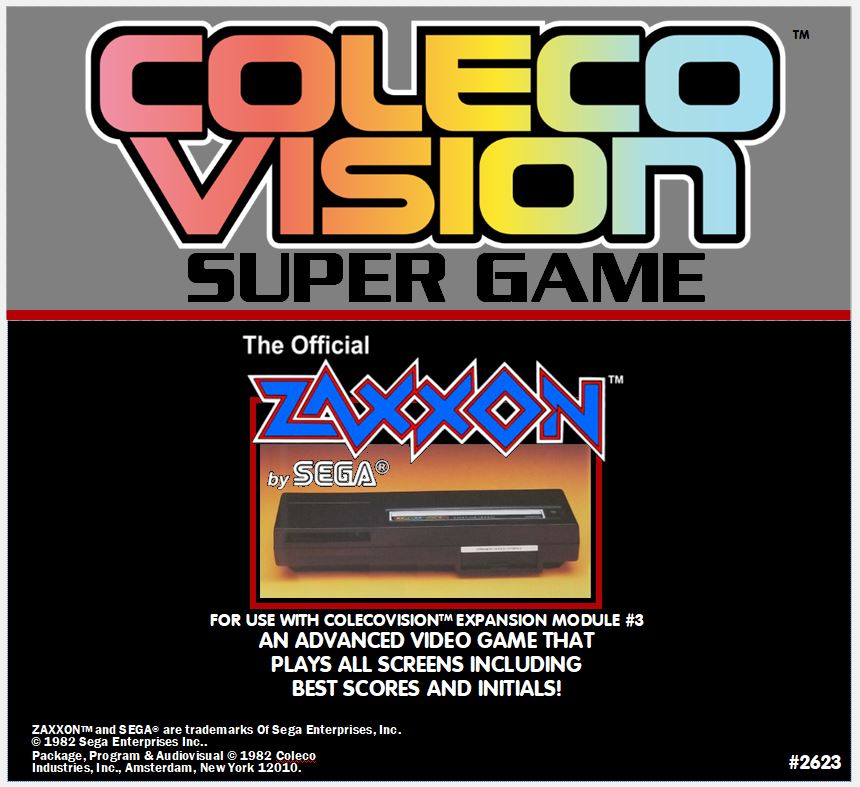 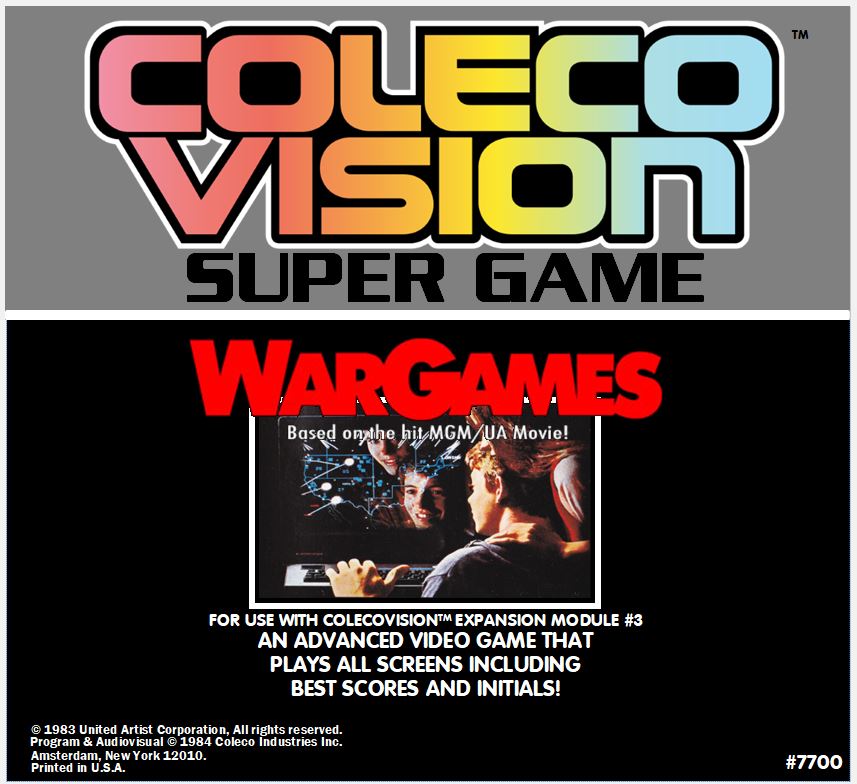
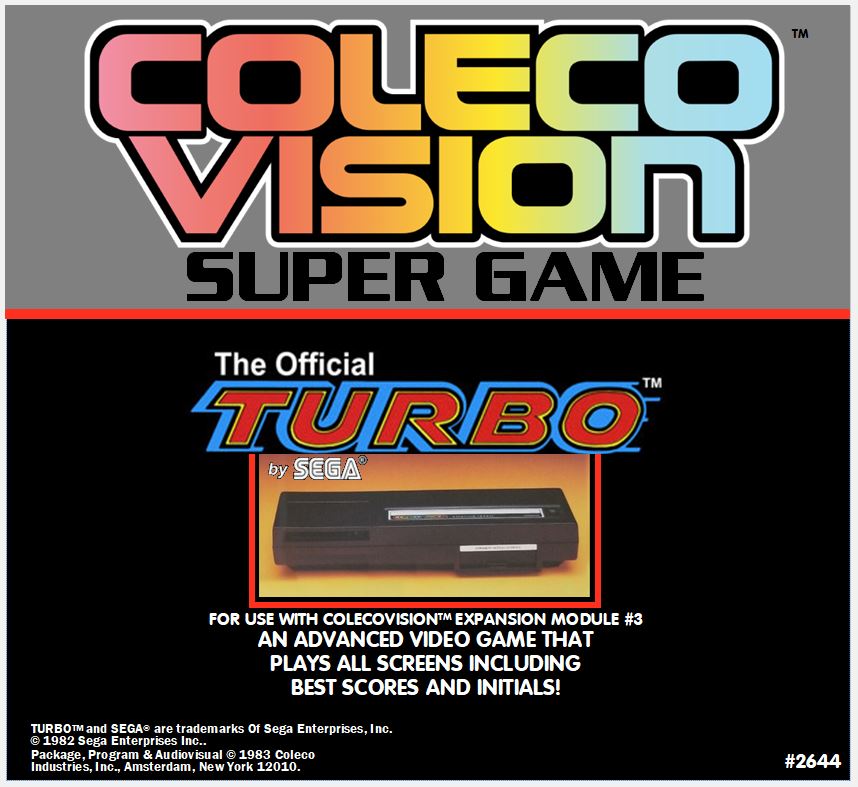 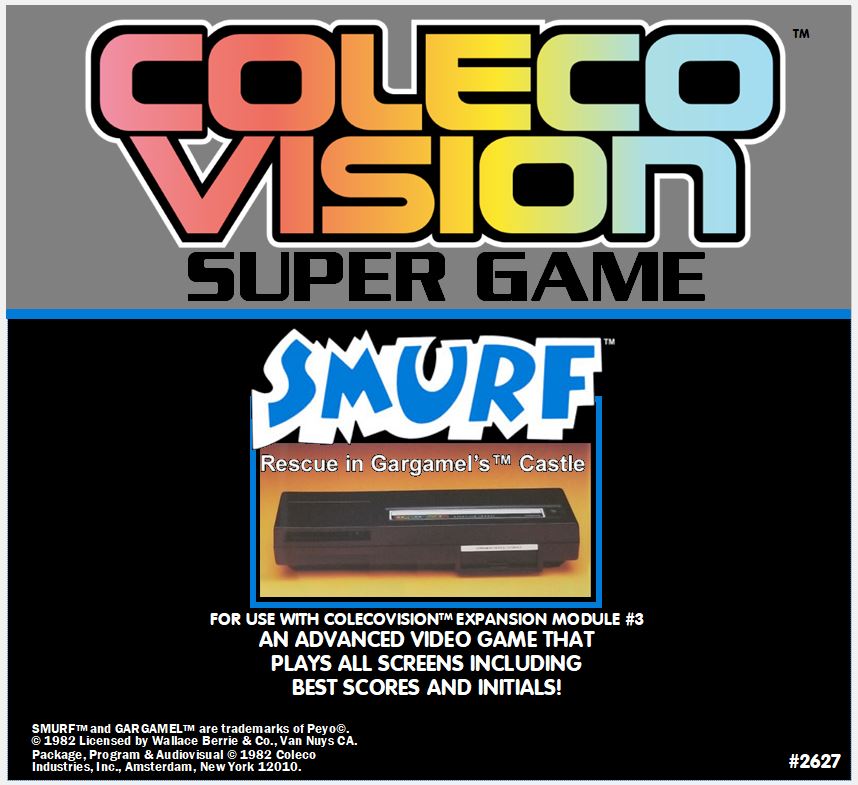 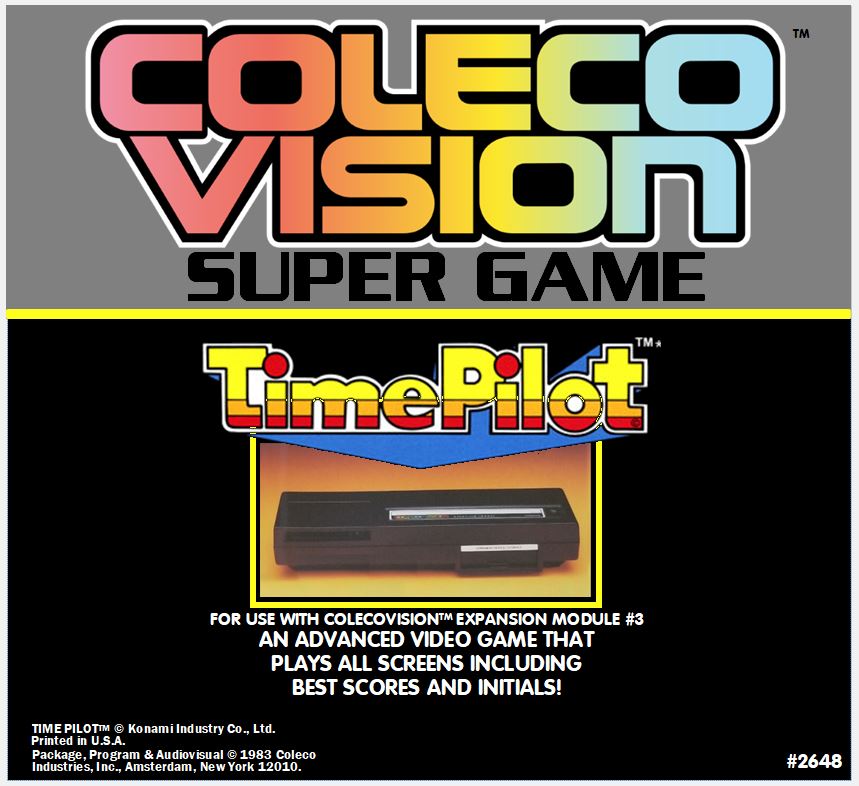
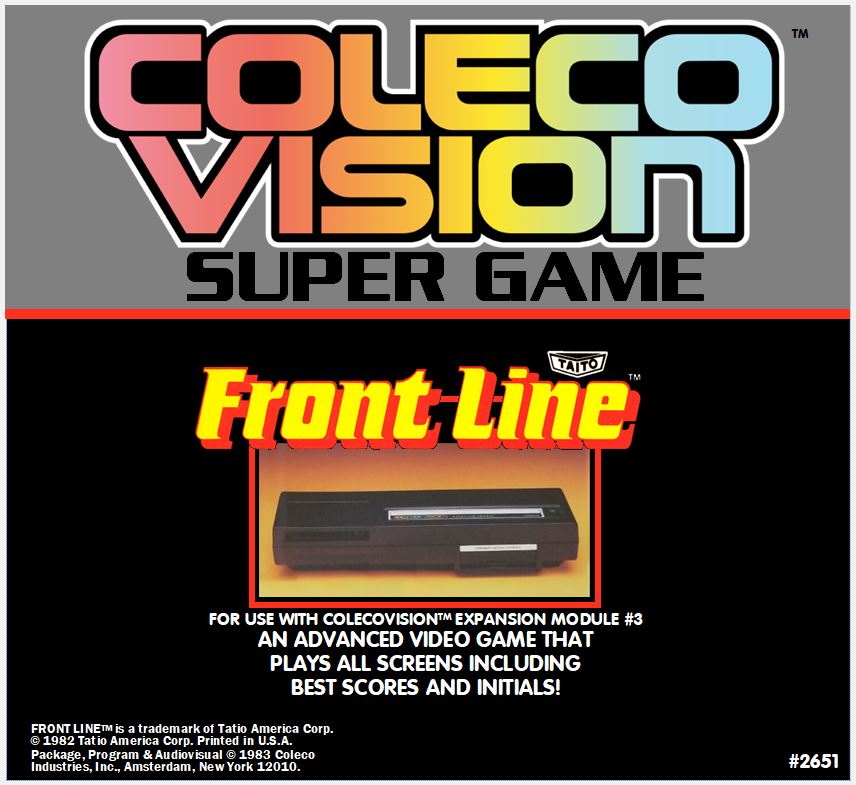 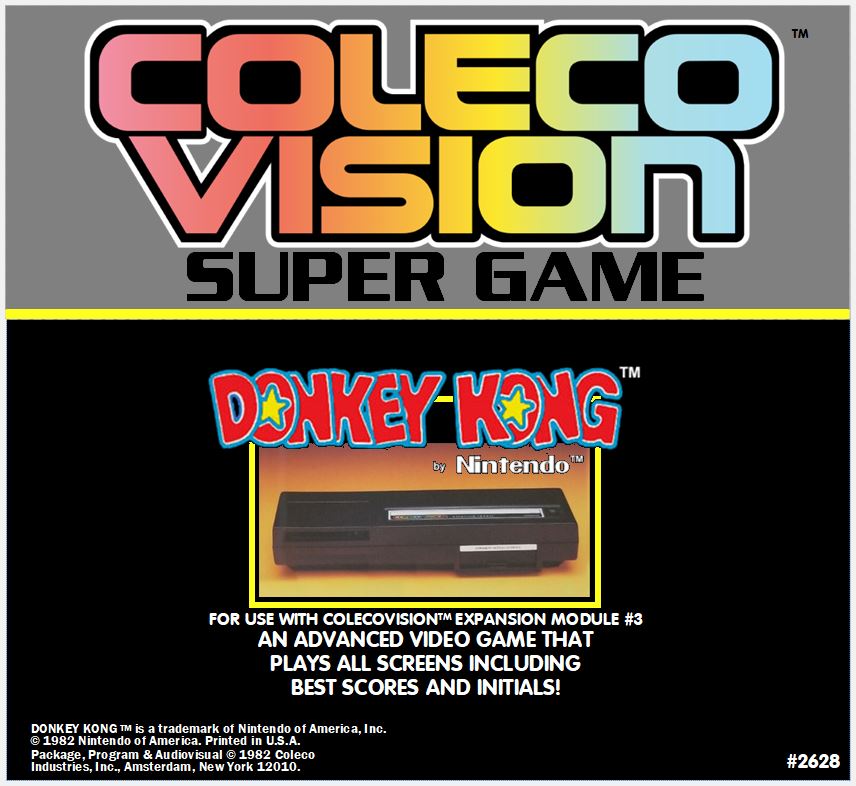 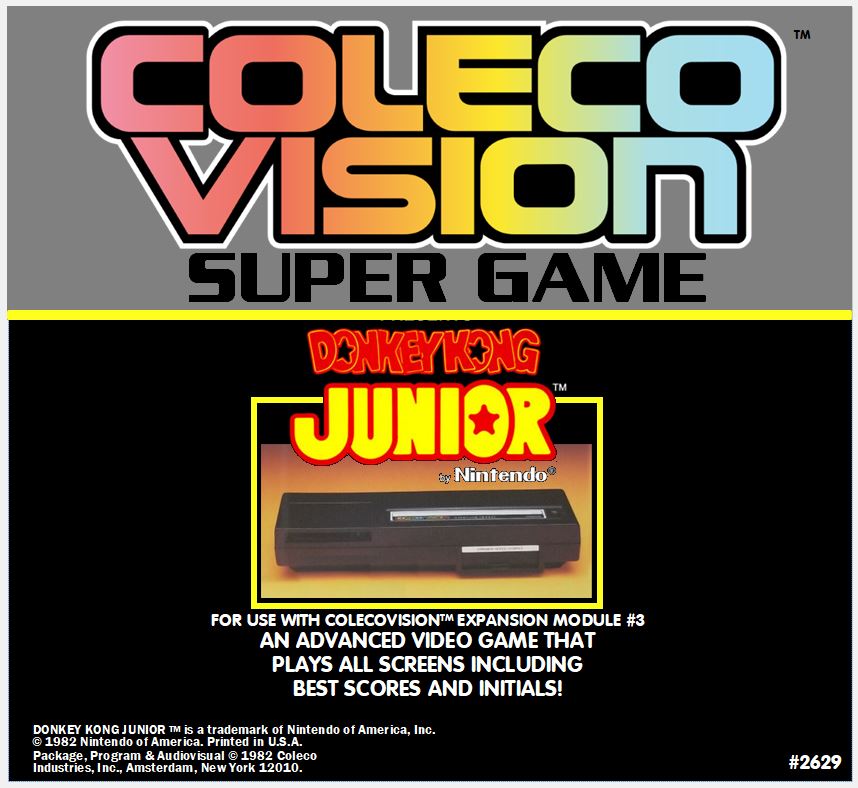
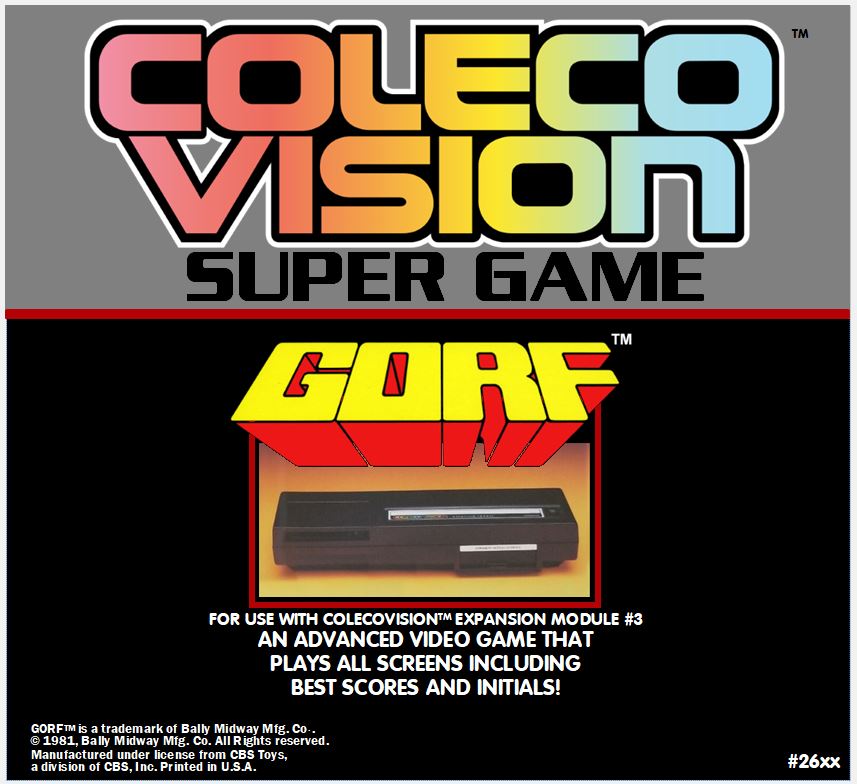 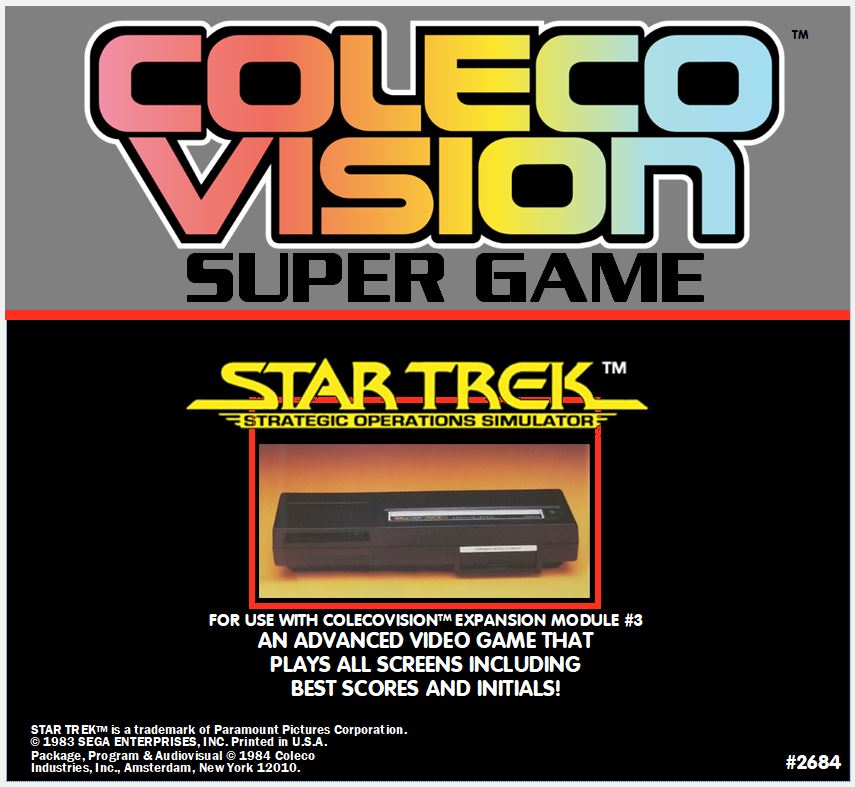 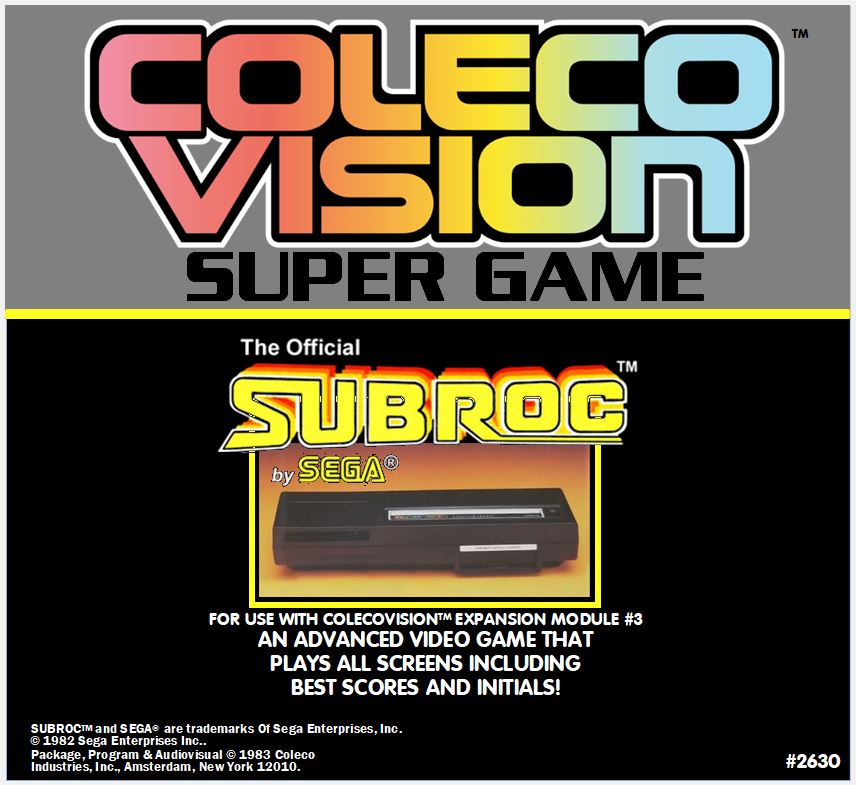
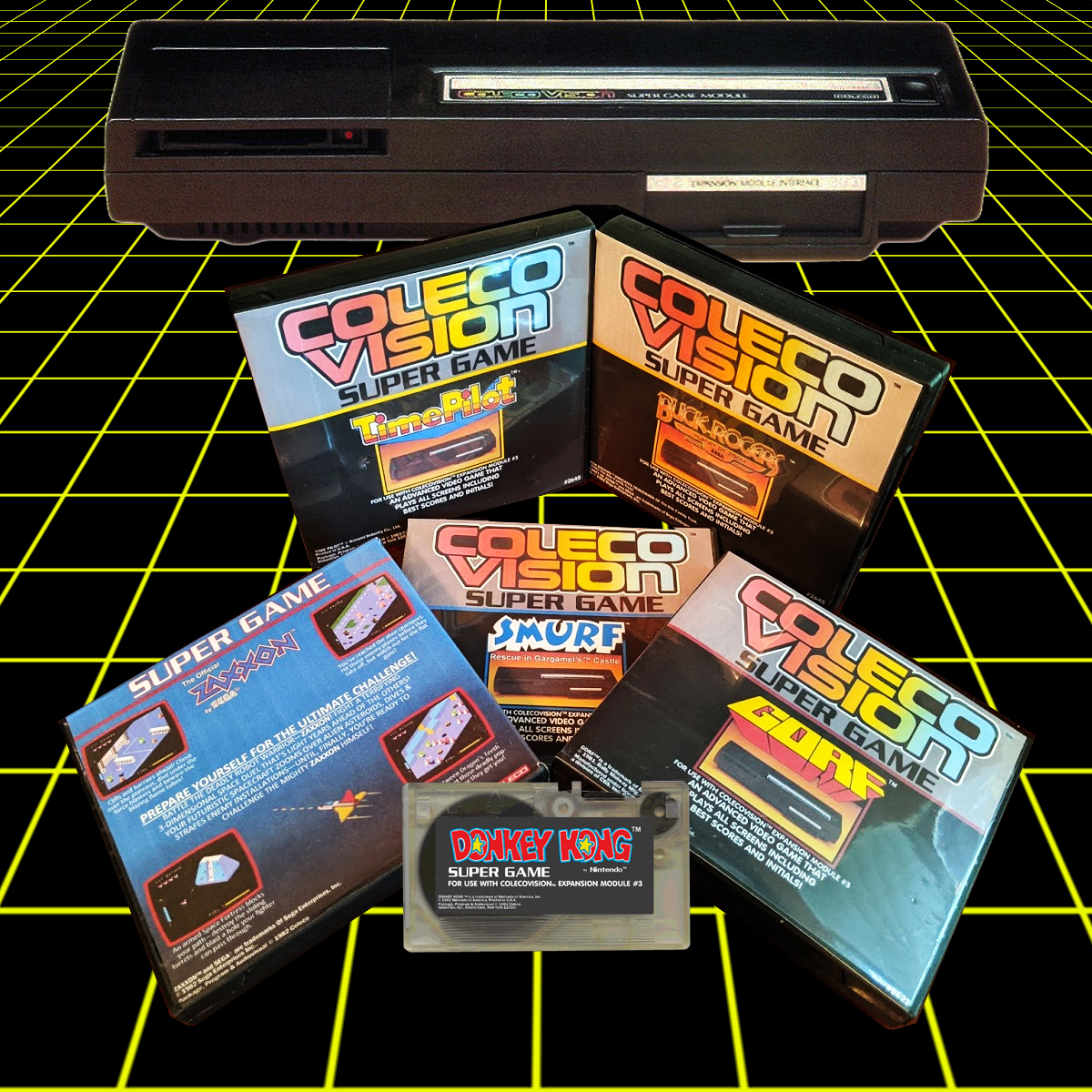 |